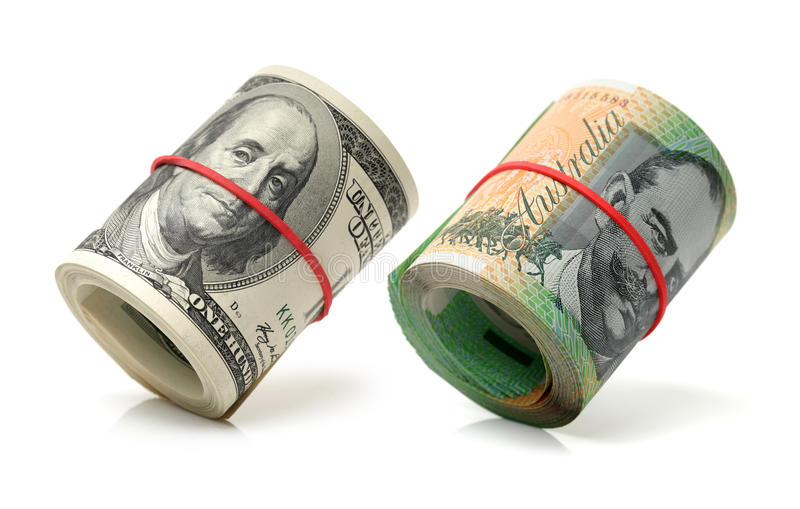Australian dollar gained momentum against the weaker US dollar.
The Australian Dollar (AUD) began the week by extending its four-day winning streak on Monday.
Upbeat US PPI statistics increased the market’s expectation of no rate cuts by the Fed in March.
The US Dollar (USD) strengthened after Friday’s announcement of better-than-expected Producer Price Index (PPI) data from the United States. However, gains were muted by dovish comments from former St. Louis Federal Reserve (Fed) president James Bullard. Which boosted the AUDUSD pair.
Australia’s ASX 200 index climbs due to increased mining equities.
The Australian dollar also gets upward support as the S&P/ASX 200 index reaches an all time high. Boosted by greater mining stocks and higher metal prices. Furthermore, market sentiment improves as investors believe the Reserve Bank of Australia (RBA) will maintain its current monetary policy stance until 2024. Fueled by Westpac’s expectation of a resilient Australian economy supported by low unemployment and healthy corporate sector balance sheets. Westpac believes that the RBA will take a less restrictive strategy in 2025.
The US Dollar Index (DXY) fell further as US Treasury yields reduced their daily gains on Friday. With US banks closed for the Presidents’ Day bank holiday, investors expect little activity in the US dollar.
Daily Market Movers: Australian dollar is strengthening against the US dollar.
Bank of Australia Governor Michele Bullock addressed the Australian Senate Economics Legislation Committee. Stating that the global economy has performed better than expected. She previously raised concerns about future hard landings and recessions. But stated that the economy is presently in a good position to reduce inflation within a reasonable timeline.
The Premier of the People’s Republic of China, Li Qiang, underlined the necessity of maintaining consistent and stable policies. The PBoC decided to retain its Medium-term Lending Facility (MLF) rate unchanged at 2.5%.
At the National Association for Business Economics (NABE) conference, Ex-Fed James Bullard proposed that the Federal Reserve consider decreasing interest rates at its March meeting to avoid dampening economic activity caused by higher rates.
The reading was lower than predicted at 80.0.
The US Core Producer Price Index (YoY) increased by 2% in January, exceeding expectations of 1.6% and 1.7%. The MoM statistics revealed a 0.5% increase, compared to the projected 0.1% improvement from the preceding 0.1% fall.
The US Producer Price Index increased by 0.9% year on year, compared to the expected 0.6% and the prior growth rate of 1.0%. Meanwhile, the monthly improvement was 0.3%, compared to the prior fall of 0.1%.
In January, US building permits (MoM) fell to 1.470 million, compared to a projected increase to 1.509 million from 1.493 million the previous month.









